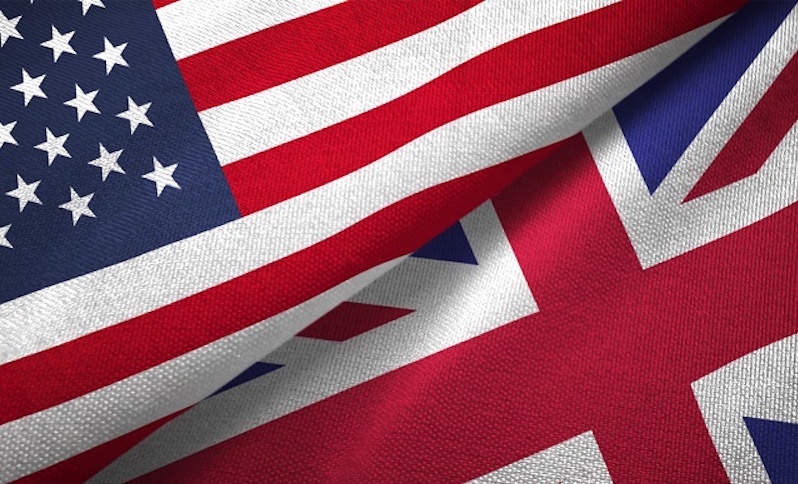On the basis of our downbeat labour market assessment, this suggests a protracted extension of QE through 2013, whoever wins the presidency.
That fiscal cliff
Even now, after three years of recovery, the economic strains are still visible. The US is one of the few G7 economies (with Germany and Canada) to have recouped its real output lost since the crisis. However, its expansion will remain too fragile to be taken fully off the policy ‘steroids’ that caused it, leaving most of the past five years’ monetary and fiscal stimuli in place and the Fed deferring any meaningful rate tightening till at least 2015, and keeping QE3 running.
First, unemployment will be stickier than before. The third quarter’s rate of 8.1% compares with 5.5% at this stage of recovery from the 2001 recession, and 6.5 to 7.5% for the previous three: in 1980, 1981-82 and 1990-91. Getting it down to these rates in 2013 (with a workforce of 155 million) may be a struggle, unless the underlying pace of payrolls gain, currently 146,000 per month, accelerates. This looks unlikely.
Second, slow progress will curb inflation. Headline inflation may be propped up if oil and/or food-prices accelerate. But, even if they do, core inflation should stay tame. Inflationists worry because core CPI at 1.9% year-on-year has trebled from October 2010’s record low 0.6%. However, shelter/rent has accounted for much of this, and should be diluted as housing recovers and other components stay capped by subdued wage pressures.
Then, critically, is the risk of a hefty 4%-of-GDP fiscal tightening in 2013 if the (new) president/Congress are too log-jammed to avoid the so-called fiscal cliff. This is the unhelpful coincidence of about $600bn in tax rises/spending cuts that, unless revoked, kick in on 1 January.
In the event, we doubt the cliff will be as steep as feared, perhaps just 1% of GDP, given:
- the incentive to Democrats and Republicans to avoid recession (especially given the euro-zone);
- common ground between the two (extension of some Bush tax cuts, and selective spending cuts);
- the likelihood that even a lame-duck Congress would indulge in quid pro quos to raise the debt ceiling again.
However, the cliff will push government debt easily beyond 100% of GDP.
Kicking the can
Yet, some of the cliff may have to be felt (e.g. most agree the payroll-tax cut is finite), leaving other measures to be kicked down the road to later in 2013. In which case, the hit to growth may not come from the cliff itself, but the drag on confidence, which is a reason for the Fed to keep all its easing options on the table, even in 2013.
QE is thus no flash in the pan. To shake off the 1930s depression, the Fed under the auspices of the Treasury Department capped the long bond yield until 1951, even though CPI inflation hit double-digits after the War. Replicating that now would see QE sustained for another decade!
Added to that is political risk. Based on recent pronouncements, candidate Romney’s support for immediate spending cuts, deficit reduction, and an aversion to QE after 2013 probably makes him the more hawkish on growth and inflation, and supportive for conventional Treasuries. More supportive for inflation-linked bonds (TIPS), though, could be the more inflation, deficit and QE-tolerant Obama.
Either way, much more collaboration between Republicans and Democrats will be needed if jobs are to be boosted and government debt curtailed. The economy may remain too weak for rapid deficit cuts, leaving the US’s Aaa/AA+ ratings vulnerable. Inflation will be sought, with Bernanke eager to keep QE running in some form until his tenure ends in 2014.
The issue then is whether politicians really would call a halt on QE and other pro-growth policies once they start eyeing the mid-term elections in 2014. Because – if global growth hasn’t picked up by then, the debt ‘can’ may have to be kicked even further down the road.










